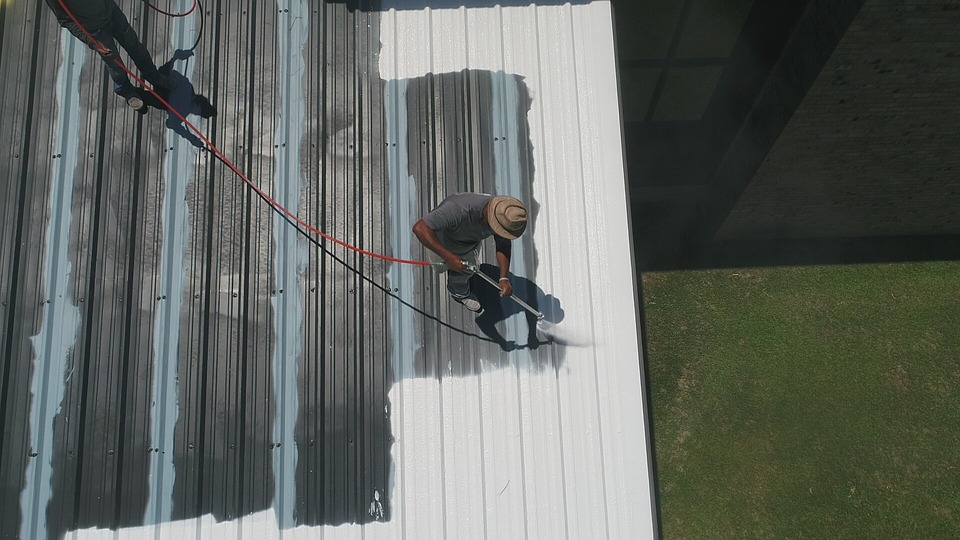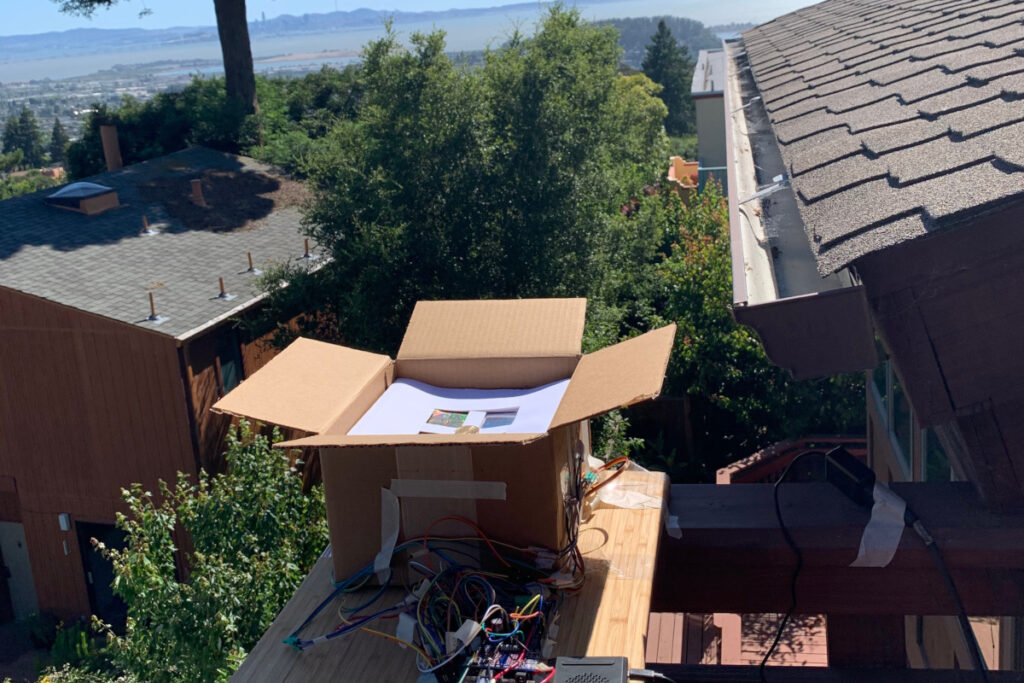New All-Season Smart-Roof Coating Offers Energy Savings

Researchers have developed a smart roof cover that keeps a home nice and warm in winter and cool in the summer without using natural gas for heating. The findings of the study were published in the journal Chemistry. It highlights emerging technologies that are more energy-efficient than conventional cool roof systems.
Reflective coatings, coverings, panels, and tiles, among other cool roof systems, have light-colored or deeper “cool-colored” coverings that cool down homes by absorbing light. However, these materials also release some of the accumulated solar heat as thermal-infrared radiation, reflected away from the ground in a natural process known as passive cooling.
According to Wu, many cool-roof designs have the issue of continuing to emit heat in the winter, which raises heating expenses. “Our unique product, known as a temperature-adaptive radiative coating or TARC,” he explained, “could provide energy savings by instantly turning off radiative cooling in the winter, eliminating the problem of overcooling.” TARC is the first roof coating that regulates its level of passive cooling to instantly flip from cooling in hot weather to heating in cold weather.
About TARC
The covering is constructed of vanadium dioxide, a clear substance that reacts to electricity similarly to metal, making it both heat-insulating and conductive.
The coating surpassed typical roof coatings to save energy in 12 of the 15 temperature zones. Furthermore, it worked best in areas with large day-night temperature fluctuations. The experts want to verify the efficiency of temperature-adaptive infrared coatings as a roof coating by building larger-scale replicas.
TARC reflects roughly 75% of sunlight year-round but has a higher heat transmittance (about 90%) in hot conditions, according to researchers. TARC’s heat emission spectra drop in colder climates, according to Levinson, enabling it to collect solar radiation and hold heat from space heating.
The researchers are now planning to scale up the technology to explore what additional applications it might have, such as extending battery life and protecting cars and satellites from severe temperatures.
How TARC is the best to save energy

“The average person in the United States might save up to 10% energy with TARC installation,” said Tang. Even in cold weather, conventional cool roofs have a high solar absorbance and heat emissivity.
According to scientists, it might also be used as a thermal protective coating to extend the battery’s life in phones and computers and insulate spacecraft and cars from excessively high or low temperatures. In addition, it might potentially be used to manufacture temperature-regulating material for tents, conservatory covers, and even hats and coats.
“Simple logic suggested TARC would succeed, but we were happily surprised,” Wu added. “At first, we didn’t expect the transition from heating to cool down to be as profound. But, instead, our models, outdoor tests, and lab studies all showed the opposite — it’s incredibly thrilling.”